Paddling with flare
From the Winter 2010 issue of Wavelength Magazine. Read the entire magazine online.
When all else fails, pyrotechnics can get you potentially life-saving attention
By Michael Pardy
Paddlers carry a widening array of communication devices in case of an emergency. VHF radios, Spot, EPIRBs and satellite phones are all options when planning a trip. Flares are more commonplace, though, long considered a basic safety item for any maritime adventure.
Flares are pyrotechnic emergency distress signals and can be harmful when inappropriately used. There is potential for serious injury, especially if they are accidentally discharged and strike the user or another bystander. They can also occasionally misfire or explode. Please read the instructions carefully before using. When not in use on the water, flares should be stored in a safe, dry location and be replaced every three to four years. There are four categories of flares: types A through D.
Type A flares, or parachute rockets, are the most powerful pyrotechnic available to paddlers. When launched, these flares reach a height of over 300 meters and burn for at least 40 seconds. Because of their height, they can be seen over a long distance, especially on clear nights.
Type B flares are also called multi-star flares. The most common Type B flares are the Very Pistol and the Skyblazer. The Very pistol was named after Edward Wilson Very (1847–1910), an American naval officer who developed and popularized a single-shot pistol that is able to fire flares. Reaching a more limited height of 100 meters and burning for no more than 15 seconds, these flares are visible over a shorter range than Type A flares. Type A and B flares are less effective during bright sunshine, and next to useless in low clouds. In these conditions, Type C and D flares are more effective.
Try to remember the last time you saw a car accident. You might have noticed police officers dispersing a few lit sticks with powerful red flames around the scene of the accident. These flares ensure drivers are aware of the accident ahead. Hand-held marine flares look the same as accident flares, but are held in hand away from the eyes. They are designed for the marine environment and work well during the day as well as at night. In a pinch, they are also excellent for starting a fire in the rain.
Smoke flares round out our flare types. Movies or documentaries about the Vietnam War show these types of devices. Soldiers throw canisters that produce a great deal of smoke to enable helicopters to pinpoint a position. The smoke signaling device works approximately the same, except the device can be thrown in the water or be held in your hand. The flares produce a dense, oily orange or red smoke visible during the day. Although they are awkward to carry, the dense smoke is certain to attract attention.
So which flares should a paddler choose? Your final choice will depend to some extent on your paddling locale, but one Type A and three Type B flares are a practical combination. In an emergency, launch the parachute flare first to alert as many potential rescuers as possible. Once you notice a plane or boat moving in your direction, launch one of the Type B flares to help them pinpoint your location. As the rescuers approach, launch the last two flares.
Aerial flares should be fired at an angle into the wind. This encourages the flare to gain altitude so it can be seen over the greatest distances. Calculate a firing angle of 1 degree for each knot of wind. For example, if the wind is blowing 20 knots, you should fire the flare against the wind with an angle of 20 degrees. If there is no wind at all, you should fire the flare directly over your head. With high wind velocity such as storm force winds, lower the angle to a maximum of 45 degrees.
Flare manufacturers use a variety of firing systems. Review the instructions carefully before you need to use them. You need to be familiar with the operation of all flares in your possession, and ideally have attended a flare demonstration.
Aerial flares are designed to extinguish in water. If a flare misfires, handle it with caution. The ignition might be delayed. Wait at least 30 seconds, and if it still hasn’t fired, place it in water until you can dispose of it properly.
Here are some safety tips for using flares:
• Launch an aerial flare at arm’s length away from your face.
• Look away from the flare when you launch it.
• Treat a flare as if it is a firearm: don’t point it towards anyone.
Paddlers must also sort out how to store and carry flares on the water. Flares need to be kept dry but they must also be kept at hand in the event of an emergency. I recommend using a waterproof container such as a welding rod container or in a heavy duty vacuum sealed plastic bag. To facilitate opening the bag, seal a large nail in the bag with the flares.
Flares are valid for four years from the date of manufacture which is stamped on each flare. It is hard to find a place to dispose of outdated flares but try calling your local fire department or police station. Flares cannot be recycled and throwing flares in with household trash poses a danger.
Remember that it is illegal to fire flares if you are not in distress. Only in rare instances, possibly at a training session organized by a training organization,
would you be able to discharge a flare in a non-emergency situation and not break the law.
One significant drawback to flares is that they communicate one way – you don’t know if anyone has seen them. Paddlers should also carry a two way communication device such as a radio or cell phone.
Nevertheless, flares are a recognized and effective emergency signalling device. Used properly, they form an important part of most paddlers’ emergency communications plan.
Michael Pardy lives in Victoria where he runs SKILS Ltd. He can be reached at info@skils.ca.
Are flares obsolete?
Considering electronic options such as GPS locator beacons and the question of whether flares will be seen, are they a worthwhile piece of safety equipment now? Join the discussion at www. wavelengthmagazine.com/forum

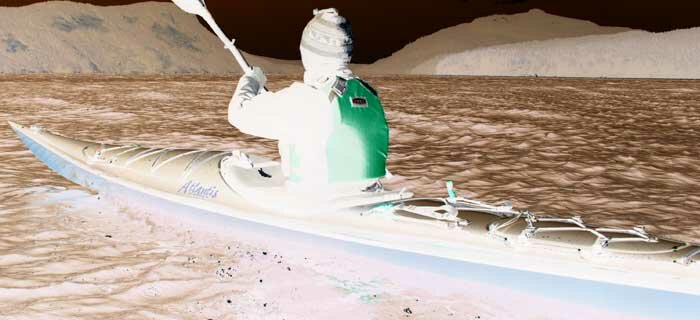
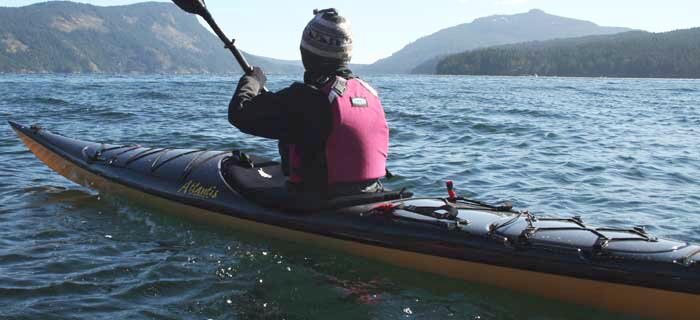
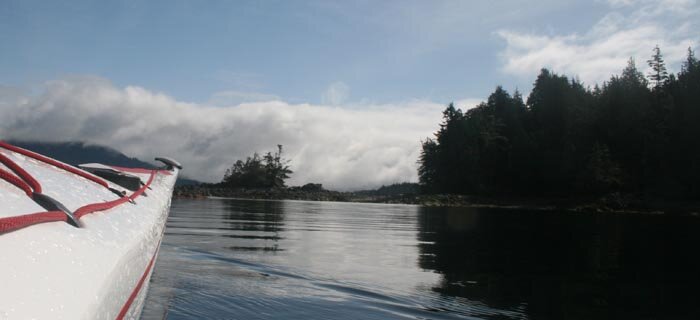
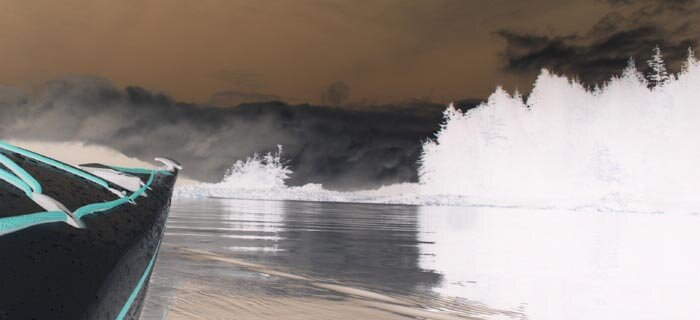
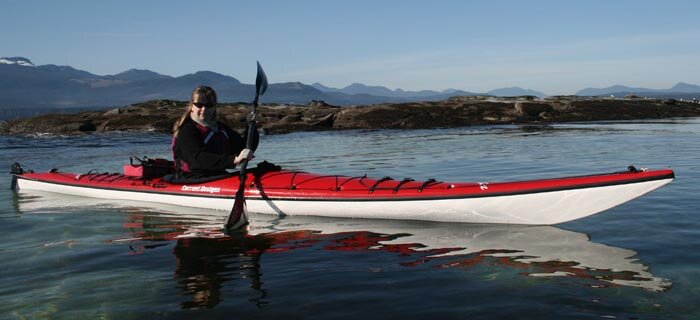



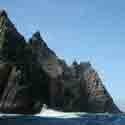













 This site uses valid HTML, CSS and Flash. All content Copyright © 2010 Wild Coast Publishing.
This site uses valid HTML, CSS and Flash. All content Copyright © 2010 Wild Coast Publishing.